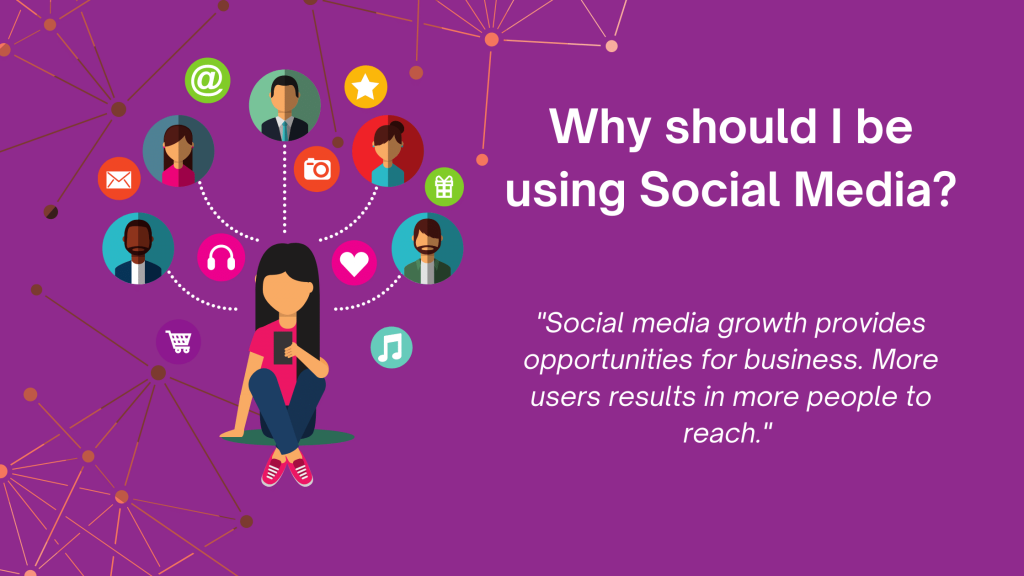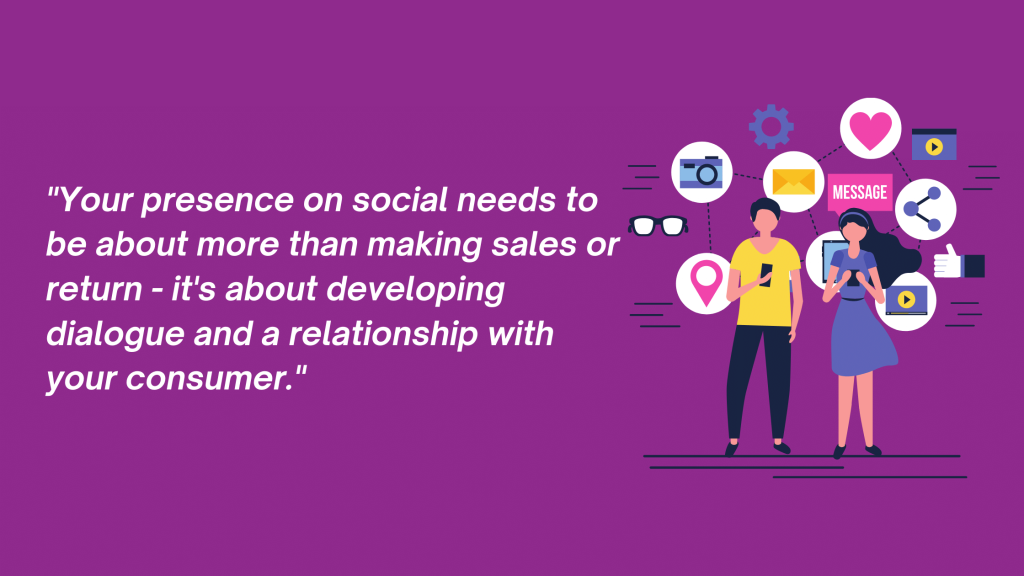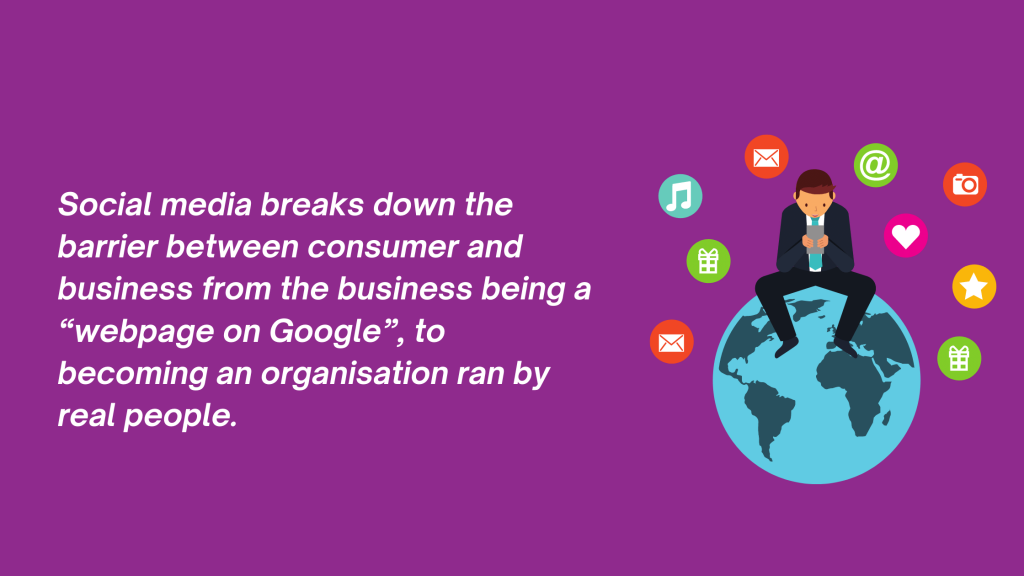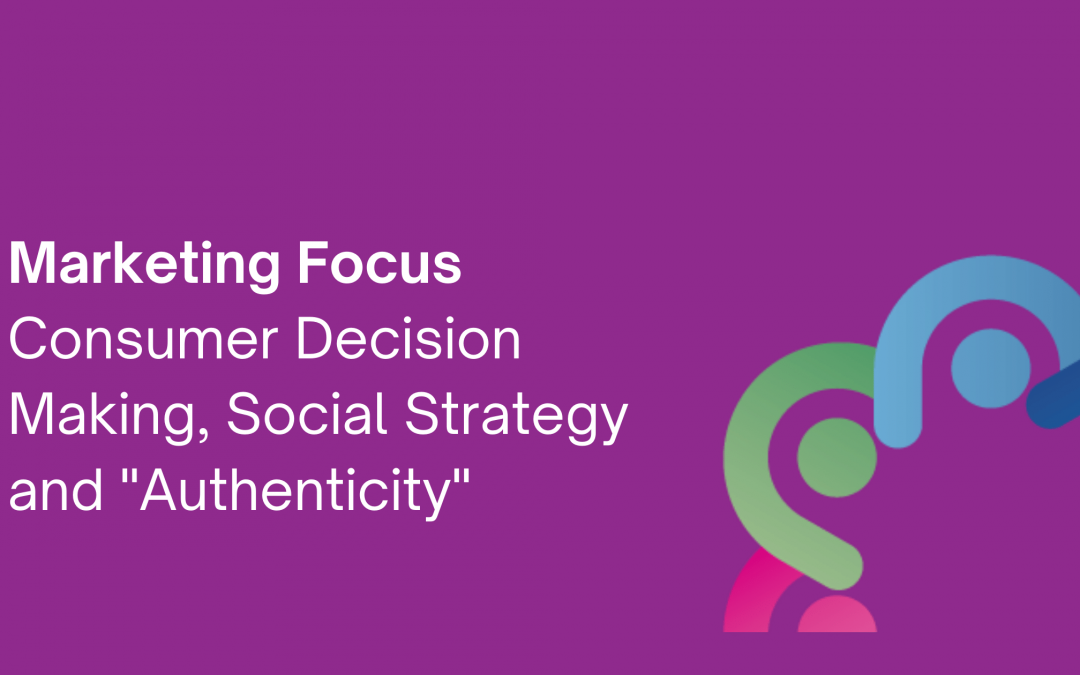In this Marketing blog, we’re exploring Consumer Decision Making, and the role of social media. Using the RACE Model, we’re analysing how Social Media now shapes consumer impression of businesses. The model explores how you use digital media to:
- R – reach your consumer via advertising, social posts, your website, e-mail, and other mediums
- A – convince your consumer to ACT, whether it be to sign up to an event, click a link to visit your website
- C – Convert your consumer from action to contacting you or buying, going beyond that reach stage and moving to a purchase decision
- E – Engaging your past consumers to repurchase, keeping them informed of what you are doing, or providing
This weeks blog covers “Action” and “Conversion”, exploring the wider relevance of Social Media in the consumer purchase journey. When considering purchases, consumers will traverse between a range of online sites to gather information. Some purchase decisions will be instant, like buying simple commodities, where typically there is not a high degree of consumer involvement. Other purchases, such as business to business (B2B) purchase decisions, or large B2C decisions will have higher involvement, and so consumers will more avidly research.
In this new digital age, communicating with consumers has shifted forever. This is especially true throughout COVID-19, which has resulted in many organisations having to skill up their digital approach. Social media has increasingly started to play a larger role in consumer decision making.
In 2020, social media took over our lives in lockdown, and the growth was unprecedented worldwide. According to Datareportal, in 2020:
- Social media users increased 10.5% by 376 million users
- 43% of users spent more time on social media
- 99% of users used Social Media or Messaging monthly
- 88% actively used Social Media on a regular basis

Why should I be using Social Media?
Social media growth provides opportunities for business. More users result in more people to reach. This results in higher return on investment via Social Media Advertising, or through social media content creation. But how is your business exploiting these opportunities? And if not – why not?
Often Social Media can appear complicated, and for small businesses resource and capability restrictions can make Social a lesser priority. However, according to Social Media today, Social Media is now hugely influential in consumer decision making. When consumers are considering purchases, they will traverse the internet. Consider your own journey, your go-to process probably involves:
- Googling for what I want or need
- Finding a selection of 2 or 3 organisations that meet that need
- Looking at websites to learn more
- Checking out their social media to learn more about them
- Making a decision on basis of that
Social media is now a common part of consumer decision making, and having regular content can improve how authentic you appear online. Having a strategy to social posting can help improve your content, and help you tell the story of who your organisation is, rather than just posting to sell services.
Consider the following scenarios, and how they may impact consumer decision making. In each case, the consumer journey is positively or negatively impacted by some aspect of communication strategy.
Scenario One
A Google user has encountered an organisation when searching to buy new shoes. The customer loves the product, but think the site appears untrustworthy as it has a clunky user-interface and limited user reviews. They do a social search on the organisation on Instagram. The business is on social, but their last post was in 2018. The customer is put off as the business appears unauthentic, and so go back to Google to try find the product elsewhere.
– Hypothetical Customer Journey Scenario
In this scenario, the user found an amazing product. They loved the product, but maybe didn’t fully trust the site or company. The poor website design made the company appear illegitimate, and the lack of a story online put them off the organisation altogether.
Scenario Two
A Google user encounters an organisation online selling shoes. The customer likes the website, but have never heard of the brand and want to know more before they buy. They go onto Instagram, and find their social pages. They learn the brand is a Social Enterprise, and that their products are all made from sustainable materials. For every product they sell, they plant one tree. The user learns about the organisation and feels good about their purchase. They follow the social media page, return to the website and purchase the product.
– Hypothetical Customer Journey Scenario
In this scenario, the customer did not have instantaneous brand awareness. They trusted the website to a degree, but needed to learn more. Due to an active social media platform, it was easy for the consumer to learn about the organisation when they searched in more detail. Having a story on social media about who your brand is, your mission and your impact can shape decisions in more ways than just immediate impressions or return.
Whilst yes, these two scenarios are hypothetical, in reality it happens quite often. In terms of encourage action and converting customers, this is where social media can have a new dynamic with consumer purchase decisions. Your presence on social needs to be about more than making sales or return – it’s about developing dialogue and a relationship with your consumer.

What does all this mean for my business?
As consumers we rely on Google for an answer to everything, and when we need more we turn to social. As a business, not having that active social channel can become an opportunity cost. In the case of scenario one, the consumer is put off by the unauthentic business image. Following that, the consumer then retracts to what they find comfortable and identifiable. Creating an identifiable and relatable story with social can eliminate those concerns of “unauthenticity”, such as in the case of scenario two.
However, in the second scenario, having that story-telling element on social can be beneficial for your firm. Actively having a human presence, showing your consumer what you are doing rather than just telling them what you offer can present a relatable quality to your business.
Furthermore, active posting shows to your consumer:
- You are a real, functioning business – not just a webpage on Google
- You have a mission, vision and story, and what that story is
- This is what we’re doing right now, and this is how you can get involved
Social media breaks down the barrier between consumer and business from the business being a “webpage on Google”, to becoming an organisation ran by real people. Here’s 3 quick steps and resources you can implement to level up your marketing, and make your organisation appear that much more authentic to consumers.

1. Update your social media descriptions, bios, cover photos and imagery
Create sleek graphics on free online Software such as Canva. Canva lets you upload your logos, drag and drop and use a range of free elements, fonts and texts to create easy-to-make sleek imagery. It is an essential tool for social media, and professionalises your content, making you appear professional and legitimate.
Update your descriptions, and make them clear about who you are, what you do and what you provide.
2. Make a Link Tree and Hubspot
Link Tree is a website that lets you put all of your channel links on one hosted page, making them accessible for your consumer. This makes it easy for your consumer to find each social channel you are on, interact with you and engage with your content. It keeps your consumer in the loop, and makes it easy for your consumer to find you on the channel they want.
You should also create a Hubspot account, or start a customer relationship management (CRM) database. By having this database in place, you can start to collate customer data such as e-mail, phone and postcodes. Platforms such as Hubspot make it easy to keep your customer engaged, either before or after they have purchased with you.
3. Create a content plan with Hootsuite and start posting
To appear authentic, you have to have a plan. What is your story? How does your story link across your channels? What are your priorities this month? How does your social content link to your website and business priorities? What events are you attending or hosting this month that tells a story about who you are?
Creating a story across multiple channels can be complex and difficult to implement. Make sure you plan ahead – start each month and plan each week and every day’s content, ensuring you know the themes for each week. Start next month, and think about what your story is, and how you communicate that effectively.
After you have your plan, start scheduling with automation tools such as Hootsuite, which is free to use for up to 3 accounts and 30 scheduled posts. Marketing Automation means you can create content on Canva, schedule via Hootsuite, and let your story post itself, freeing up your time to work elsewhere.
Most of all – START POSTING. Posting anything is better than posting nothing at all, and keeping your business alive on social keeps your business appearance authentic and trustworthy on social.
Need help with setting up your Digital Channels and telling your story on Social? Viable offers marketing assistance on a pay-per-hour basis. Scale-up your business and your marketing efforts and tell your story to the world with our marketing team and the power of social. Get in contact with us at info@viablecs.org, and we’ll get you started. Learn more about our services on our website page www.viablecs.org/marketing-and-fundraising.



Recent Comments